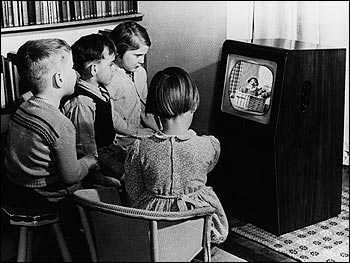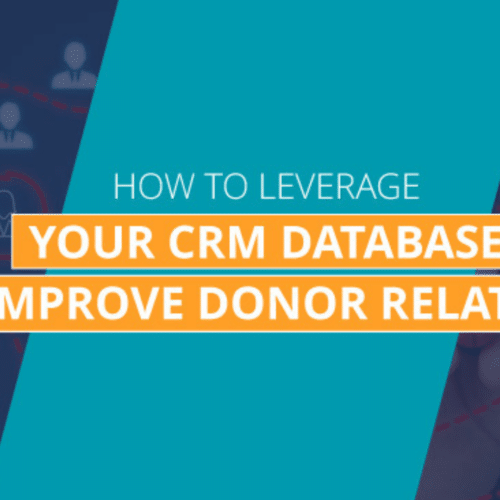I recently saw the documentary Won’t You Be My Neighbor? about the creation of Mr. Rogers’ Neighborhood and the role it played in establishing PBS’ television presence.
I recall watching the show as a child, so was intrigued to learn more about this iconic program now, through the eyes of a parent.
I was moved by the show’s intentional, evidence-based design to help children feel valued, loved, and reassured in a world turned upside down. Children’s needs were the focal point, and this commitment prompted a young Fred Rogers’ impassioned testimony before a Senate committee threatening PBS’ funding. He simply but eloquently painted a picture of how children develop their awareness of the world around them, what they need to thrive, and what would happen to children if PBS went away.
But that’s not what made me cry!
In the movie’s final moments, I felt the tears welling and then streaming down my face. And I wasn’t alone. The question triggering our tears? The filmmakers asked us to think about the helpers in our own early lives. Who helped us thrive in an uncertain world? Who helped us get where we are?
The film’s pivot to include the audience in the narrative sparked an emotional, personal connection that made us all feel reflective and grateful.
What does this have to do with fundraising?
Everything! Fundraising is an invitation to donors to be helpers in this world. No matter your mission, you can’t exist as a nonprofit without them.
So how do you connect the dots for your audience to show them that they are your helpers (and heroes)? I’m talking showing them the kind of gratitude that puts a lump in their throat.
As you prepare for your end-of-calendar year push (you are, aren’t you?), consider these tips:
-
Tell stories about real people whose lives have been changed by your work. Neuroscience tells us that our minds are wired for resolution, so tap into a “problem – solution– donor makes the difference” structure. Avoid the temptation to talk about yourself! Position each story around one life you’re changing. These solicitations invite your donors and not-yet-donors into a transformational narrative.
-
Make it personal. Do you know why they chose to support you? Whether it’s through surveys you share with a wider distribution list or large gift donor 1:1 strategies, find out! Giving is always about donors and the values they bring to their philanthropic decisions. Mr. Rogers created his show in response to his own childhood, in which he was not allowed to show feelings and felt unseen. He wanted other children to experience something better. Our motivations and values shape our choices, especially in philanthropy.
-
Make Thanking More Important Than Asking. Time and again, donors will stop giving because they didn’t feel that their gift—whatever the size—really mattered. That they mattered. All the donor got was a cursory thank you note and then months later another solicitation. They never learned if and how their gift made a difference. Yes, thank-you notes should be sent within days of receiving the gift. But there’s much more to it. Create a regular cadence of updates that report on the progress you’ve made because of your donors’ support. These touchpoints could include monthly newsletter profiles of a beneficiary (only one!) or a donor; or a site visit, a video update, or even personal outreach like board or ED/CEO calls or notes to segments of your donors. No matter how small your team, make it a priority to personally steward and grow relationships with a cohort of your supporters.
In all you say to your donors, remember who the helpers are in your organization’s story – and what they mean to your future. We all want to be part of something that really matters, where our contribution is seen and valued, where we really count. Let that come through in all of your communications.





